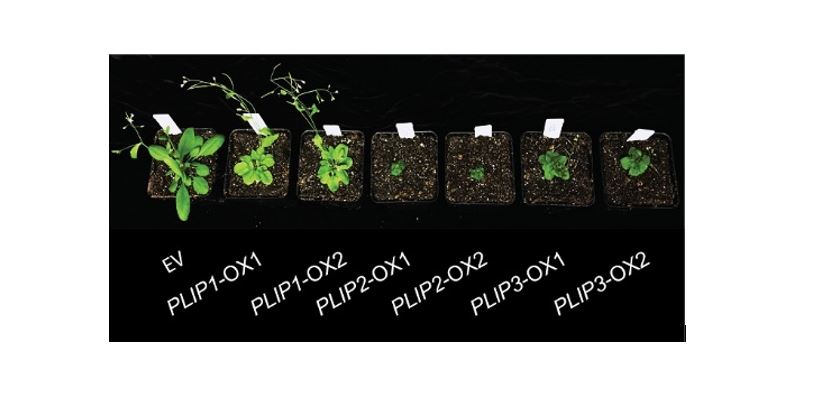
When Lipids Meet Hormones: Plants’ Answer to Complex Stresses
Research, The Plant Cell, The Plant Cell: In a NutshellWang et al. show that abscisic acid-inducible genes encode lipid degrading enzymes that release polyunsaturated fatty acids from chloroplast lipids as precursors for jasmonic acid production leading to biotic defenses in Arabidopsis. Plant Cell doi.org/10.1105/tpc.18.00250
By Kun Wang and Igor Houwat
Background:…

Protein Editing for Multi-Tasking
Research, The Plant Cell, The Plant Cell: In a NutshellZauner et al. investigate the mechanism of protein re-purposing. The Plant Cell (2018). https://doi.org/10.1105/tpc.17.00963.
By Florian B. Zauner, Elfriede Dall and Hans Brandstetter
Background: Plants cannot run away from herbivores, drought, or heat. To withstand adverse conditions, plants have…
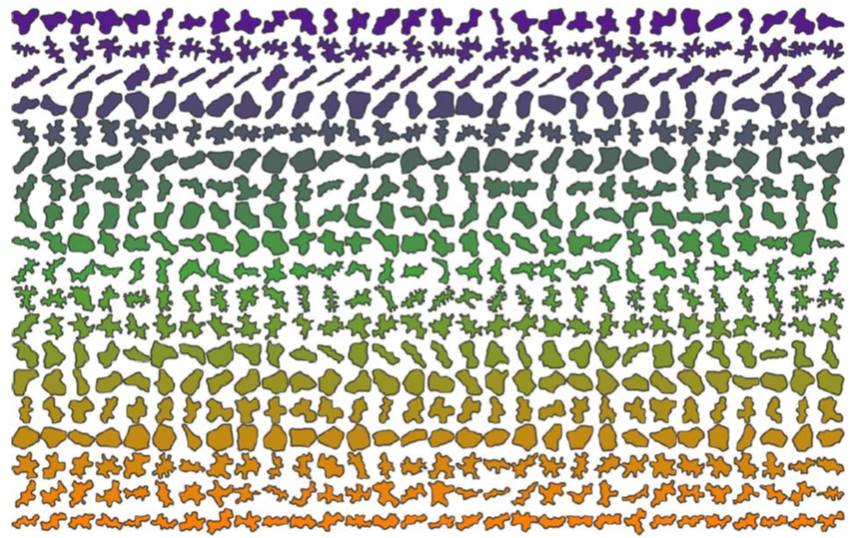
Of puzzles and pavements: a quantitative exploration of leaf epidermal cell shape (bioRxiv)
Plant Science Research WeeklyArabidopsis plants have epidermal pavement cells (the cells that make up the bulk of the epidermis, other than guard cells or trichomes) that are often described as “jigsaw puzzle” shaped, and, because Arabidopsis is such a useful model organism, we have nice models for how these distinctive shapes…
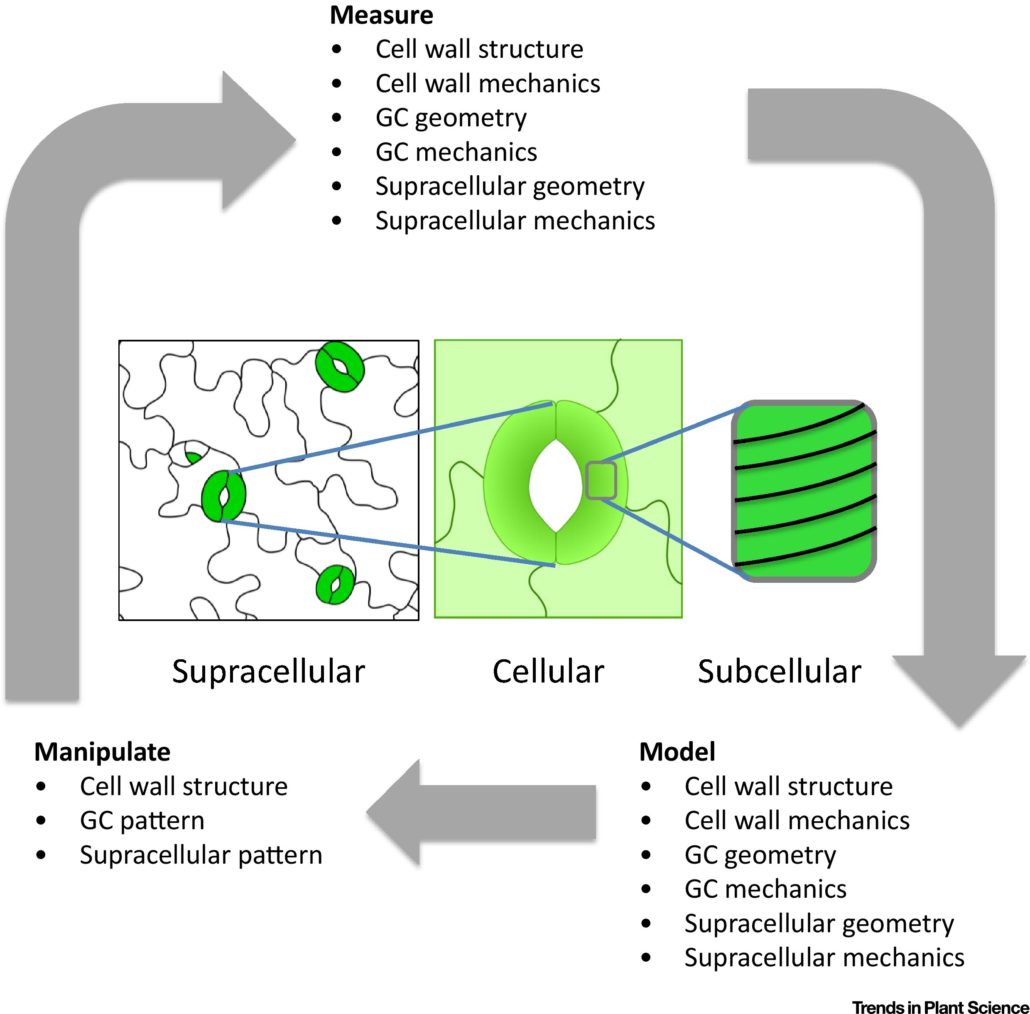
Review: Models and mechanisms of stomatal mechanics ($) (TIPS)
Plant Science Research WeeklyGuard cells are undoubtedly fascinating and frequently reviewed in terms of both their developmental programming and the intracellular signals that contribute to their function. This review, by Woolfenden, Baillie et al., covers a less familiar topic, that of the biophysical constraints to the mechanics…
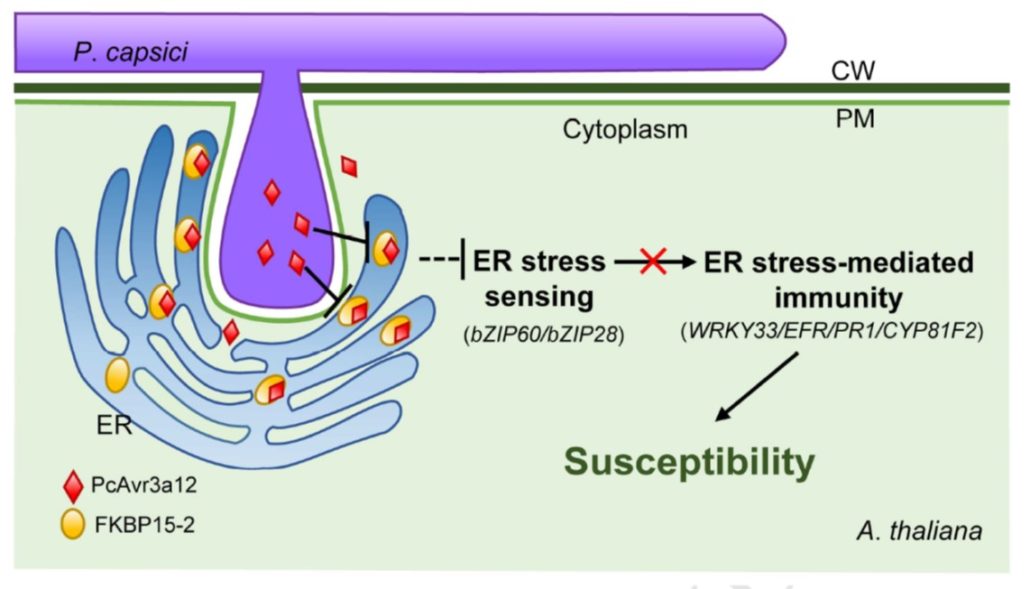
The Phytophthora RXLR effector AVR3a12 suppresses ER-mediated plant immunity (Mol. Plant)
Plant Science Research WeeklyThe pathogenic oomycete Phytophthora capsici secretes RXLR effector proteins into plant cells to subvert host cell machinery and facilitate disease. Several RXLR effector proteins have been characterized to date, however, Phytophthora species encode a vast array of effector molecules that likely target…
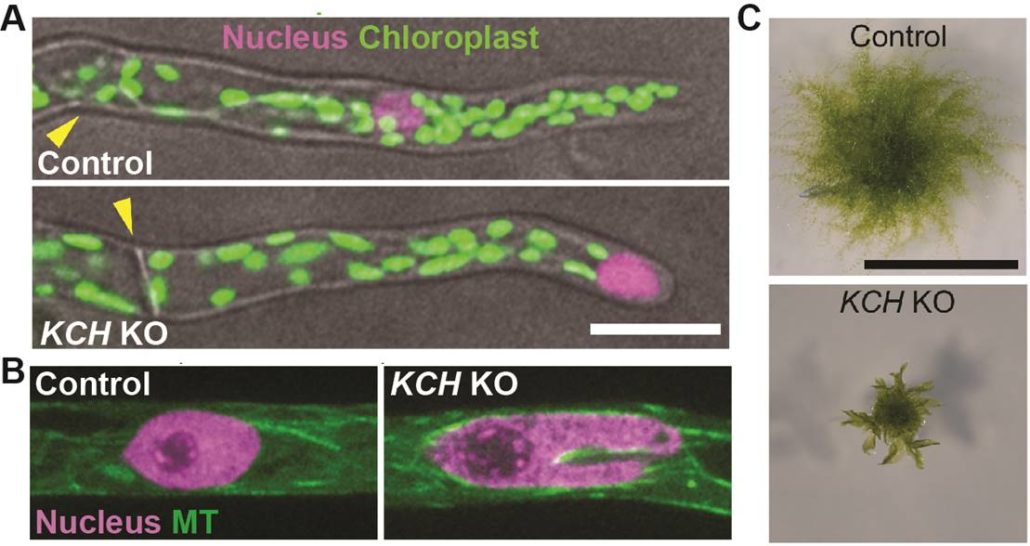
Nuclear Positioning Requires a Tug-of-War Between Kinesin Motors
Blog, The Plant Cell, The Plant Cell: In BriefThe microtubule (MT) cytoskeleton is a dynamic network of self-assembling highways that, together with the help of motor proteins, promotes intracellular transport and the formation of magnificent structures such as the preprophase band, mitotic spindle, and phragmoplast (Nebenführ and Dixit, 2018). …
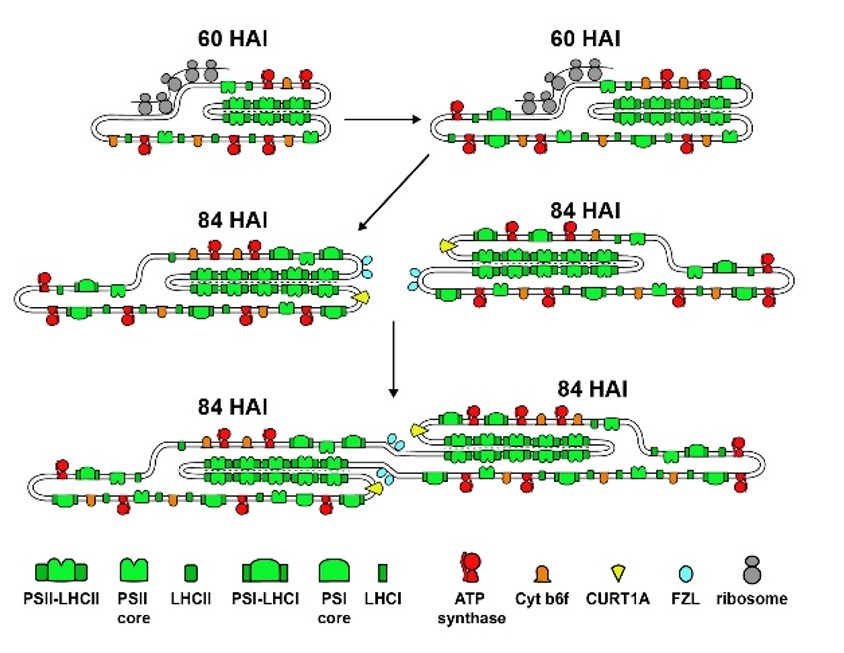
Biogenesis of thylakoid assembly in 3D
Plant Science Research WeeklyDuring seedling greening, chloroplasts are formed from proplastids. Liang and Zhu et al. used a combination of 3D electron tomography of cryo-fixed Arabidopsis cotyledons at various times after illumination to track their development. The fine structure images, accompanied by transcriptomic analysis…
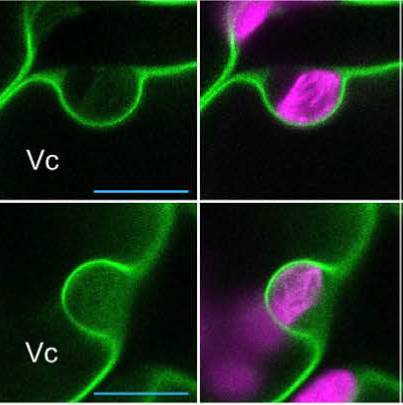
Introducing the Plant Physiology Focus Issue on Cell Dynamics
Blog, Plant Physiology, Plant Physiology: Editorials, ResearchPlant Physiology recently published a Focus Issue on Cell Dynamics. We asked the editors involved to tell us about what is meant by Cell Dynamics and why this topic is interesting and relevant, as well as about the Focus Issue program in general. This 11-minute video features Editor-in-Chief Mike Blatt…

Selective Chloroplast Microautophagy
Plant Physiology, Plant Physiology: On The InsideWhen plants are exposed to excessive light, photoinhibition occurs and chloroplasts become damaged. Photodamaged chloroplasts undergo vacuolar digestion through a poorly understood autophagic process called chlorophagy. In general, cell biologists recognize two types of autophagy: macroautophagy and…

